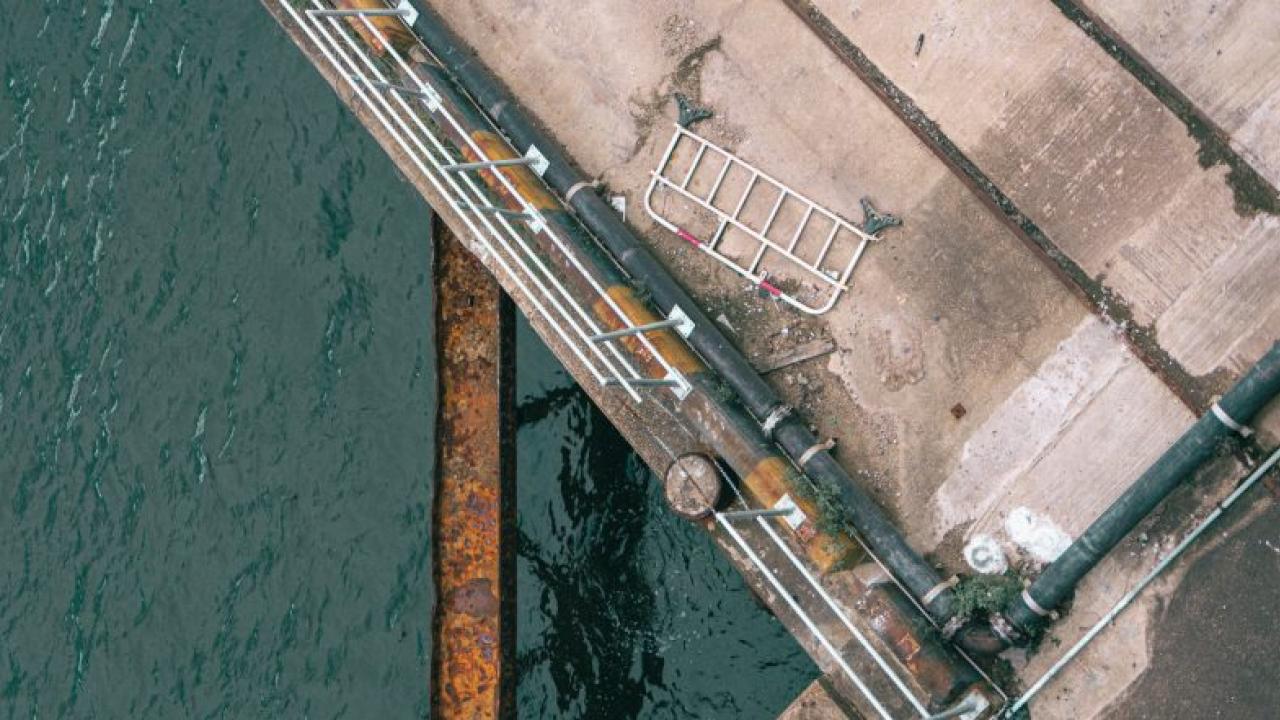
Collecting Stories from Black Vallejo: An Interview with Julie Sze
"Julie Sze spoke to UCHRI Research Grants Manager, Sara Černe, for a new Foundry series highlighting the work of the Institute’s recent grantees and the methods, unorthodox approaches, and challenges they have employed and encountered. The interview took place over Zoom and was edited for length and clarity.
“How do we do [community engaged research] in a way that is restorative and reparative as opposed to just business as usual? The University doesn’t make it very easy. […] We actually just said no, the community owns this resource.”
Tell us about your project; how do environmental justice and anti-police brutality movements come together in South Vallejo and what role does the area’s militarized history play in the shaping of this place?
My Collaborator Javier Arbona (Assistant Professor of American Studies and Design at UC Davis) and I wrote a piece that looks at the history of anti-black racism in South Vallejo and how it plays out in different eras in the landscape. The argument is that Vallejo, one of the first capitals of California, was defined by the U.S. military. We argue that the military, the police, development politics, and privatization are all part of a long history of anti-black racism that impacts the communities in South Vallejo, a majority-black working class community, particularly hard. We look at key moments where there was a lot of struggle over race, racism, power, and landscape. In World War 2, a lot of anti-black racism was rooted in official segregation in the Navy, culminating when white Navy personnel attacked black sailors. These acts were not exceptional; they were connected to what happened in the Zoot Suit Riots in LA around the same time. Our project looks at how top-down policing, surveillance, and militarization morphed and transformed in Vallejo, as well as at how it plays out in the privatization of the waterfront, most recently with the siting of a cement factory in the community. This research ties into our mutual work with a community partner, LaDonna Williams of All Positives Possible, who fought the cement factory and has been a very strong environmental justice advocate."
Read the full story at University of California Humanities Research Institute
